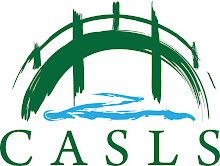This entire interaction happened in a virtual world called Second Life. My avatar, an animated character I created, was conversing with another avatar using Japanese. Imagine what this could mean for your students.
Classroom instruction represents the first paradigm of language learning and study abroad the second. I believe that learners participating directly in another culture through technology shows an emerging third paradigm of learning.
These virtual communities provide learners with something teachers cannot: authentic communication with a large community of target-language speakers. And unlike formal study abroad, these spaces are open to anyone with a laptop and an Internet connection.
We don't know exactly what the future of these technologies will look like, but CASLS' experience with MyChina (an island in Second Life where intermediate Chinese learners collaborated with native-speaking Chinese students on ecology and sustainability projects) revealed some interesting results and issues:
- Students will find these virtual communities with or without guidance from their teachers. How would you feel about your student hanging out with French gamers online and learning the slang and jargon of that subculture?
- Just as in the real world, some of those participating virtually in overseas communities will squander the experience. If we assign students to do something in a virtual world, how do we know they have actually done it?
- Students begin forming a society according to their own rules. Should a teacher encourage these cultural and linguistic interactions or control them?





This comment has been removed by a blog administrator.
ReplyDeleteThis comment has been removed by a blog administrator.
ReplyDelete